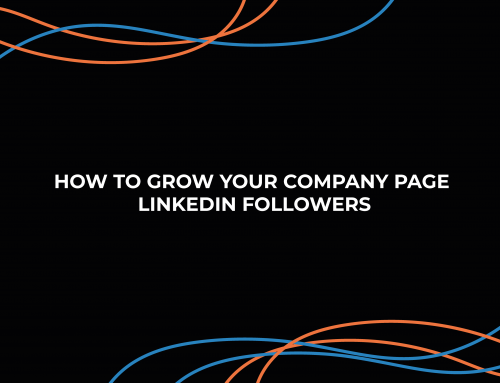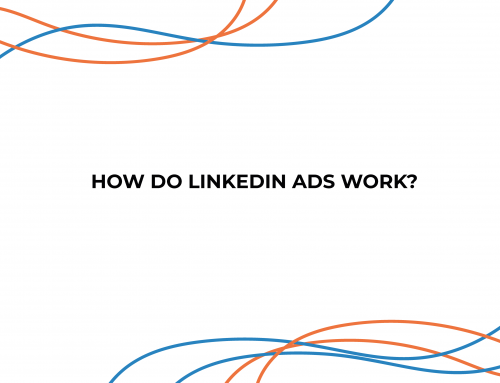The questions that everyone asks.
Should I utilise a LinkedIn automation tool to speed up my results? Can’t I simply employ a bot to automate the relationship-building process since I don’t have time? When we speak with prospective customers, we are often asked these questions.
And the answer is: Definitely not.
Why LinkedIn Doesn’t Like Automation
What exactly does LinkedIn dislike? What is it about the conduct that puts you in trouble? Any action that automates LinkedIn profile views, LinkedIn connection requests, or message sequences to individuals. This is undoubtedly on LinkedIn’s radar.
LinkedIn’s Terms of Service are very clear on this point. Obviously, you can read everything for yourself, but particularly here,
“Any bought or automated method to access the services, add or download contacts, send or redirect messages.”
But why is this so? Why is there such a tense atmosphere in the room? What is the underlying reasoning in this?
LinkedIn was created to provide a place for human-to-human conversations. As a result, it is its primary value proposition. That is why you are using the platform. You’ve created a profile. You use LinkedIn because you believe the person on the other end is human. However, if the person on the other end is a robot, a machine, or an automated tool, your fundamental value proposition is broken, and you will not utilise LinkedIn. They have lost your business, and your time has been squandered. Do you want to be bombarded with spam emails all the time? Do you want automatic communications all the time?
I’m sure you’ve already got a lot of automated messages on your account. For instance, here’s one for myself.
“Hello. We collaborate with hundreds of business coaches and consultants throughout the United States to offer financing alternatives to their customers. I’d love to get in touch with you.”
Simply stated, this is not a connection request. We don’t share any interests. He has a service he wants to sell me, and this relationship is an opportunity for him to sell me more. No degree of customisation or detail would make me feel at ease speaking with this individual. How do I know he’s willing to speak with me? Nothing can stop him from sending out hundreds of texts. He can copy and paste this into a software platform, hit the go button, and then blast them out.
How automation can affect your LinkedIn profile
An essential thing to remember is that LinkedIn does not allow the use of third-party software, so if you employ automation tools, you risk being banned from the site. If the risk is acceptable to you, I suggest utilising cloud-based tools rather than browser plug-ins. I’ve discovered that the latter are often marked for spamming activity. I can’t emphasise how essential it is to give a personal touch enough.
The negatives of automation
Automation is nothing more than a shortcut when it comes to LinkedIn activity. The time that automation saves you is tainted by the superficiality that is eventually incorporated into the process. Furthermore, automation is, to put it mildly, impolite. Consider this: you wouldn’t send a robot or another replacement for yourself, such as another person, to meet with a prospective new customer on your behalf, would you? It should be no different when it comes to starting relationships online.
Automation is a ruse, and on the other hand, personalised and real involvement is genuine and serves as a strong basis for meaningful, mutually beneficial professional partnerships. This is why I would always say a loud “No” to automating my LinkedIn activity and a resounding “Yes” to cultivating real connections.
Why it is important to use a non-automated service to generate leads instead of an automation
We’re all busy multitaskers these days, but it’s only when someone takes the time to write a personal message with their Connection request manually, or when they put in the effort of actually reading a post I publish on LinkedIn, forming an intelligent opinion about it, and sharing their thoughts in a comment, or being inspired enough by some of my content to share it with their own followers, that I know a person.
Writing a few remarks or a sentence or two on a Connection initiation to personalise it doesn’t take long if you’re honest with yourself. If you want to develop a connection with someone, you must be willing to put in the effort – nothing good is ever easy, and nothing easy is ever worthwhile, and so on. Personally, I would choose meaningful connections over automated ones every time.
The benefits of using a non-automated service to generate non-automated LinkedIn lead generation
We’re not suggesting that automation on LinkedIn is completely terrible and that you should avoid it at all costs. On the contrary, we should embrace the marvels of automation and enjoy the advantages it may provide but not mindlessly apply it. It all comes down to knowing when to use it and avoiding the usual dangers that come with it.
This is why we recommend limiting your use of automation technologies to activities that do not need much sophisticated thinking and do not require social and emotional intelligence. Filtering through hundreds of profiles to discover the perfect match is one example. Even yet, considering the variables above, this easy job may be challenging. After all, the tool would need to accomplish at least three things to display JavaScript: avoid rate limiters, overcome CAPTCHA, and imitate a browser.
StraightIn, a LinkedIn lead generator that aids in the non-automated lead generation of LinkedIn profiles, is fortunately accessible. StraightIn, unlike others, does not utilise automation software, making it secure. You may then filter through the services to identify the most relevant ones to your professional requirements without jeopardising your account.





